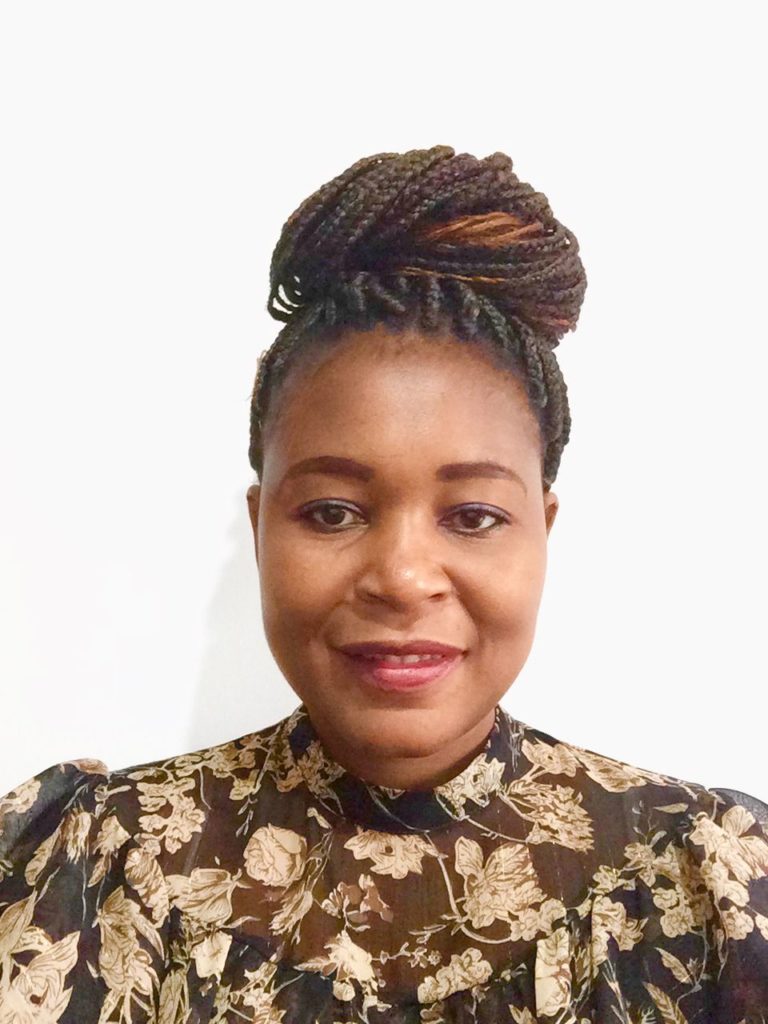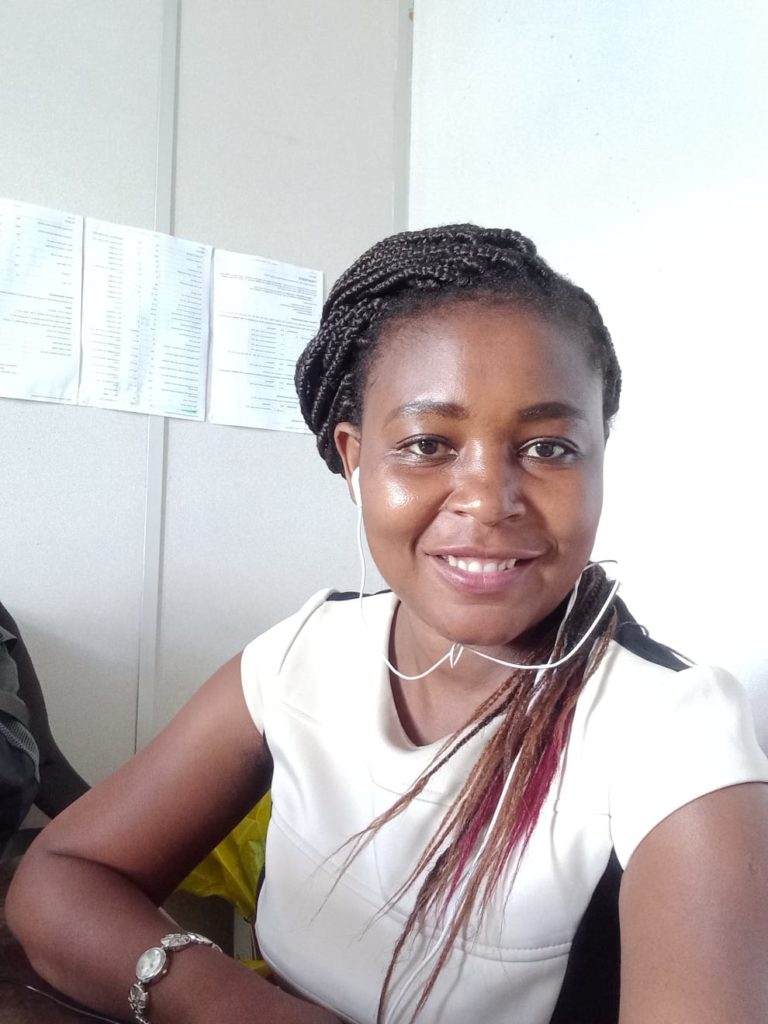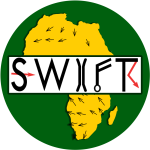
Masilin Gudoshava was a member of the SWIFT executive committee as SWIFT lead for the Intergovernmental Authority on Development (IGAD) Climate Prediction and Applications Centre (ICPAC). As well as her management role, she has carried out research, co-authored 7 papers, and helped to develop operational forecasting products. According to Steve Woolnough, a SWIFT colleague based at the University of Reading and NCAS lead on the executive committee, “Masilin’s work has contributed to improving sub-seasonal to seasonal forecasting over East Africa, from advancing our understanding of the drivers of variability in rainy season onset to developing sub-seasonal forecasting products to inform food security in East Africa.” Here she tells us about her experience of the project.
At the commencement of GCRF African SWIFT project I barely had put into practice management skills. My expertise was mostly on conducting research, teaching and supervision of students. Attaining the Lead Research scientist role for the SWIFT project gave me the opportunity to enhance my technical, interpersonal and conceptual skills. The project helped me to communicate more effectively within the organisation and with partners. In addition, I learnt to increase my efficiency through scheduling and time management. I was exposed to planning for the project activities in line with budget items and how to solve problems that may arise during the course of the project; this taught me to be creative.
Through the SWIFT project I was able for the first time to interact with the forecast information users to co-produce sub-seasonal forecasts (forecasts made 2-4 weeks in advance). The process helped me to understand the decisions that are made at various stages of the season. At the beginning of the season users utilize seasonal forecasts (forecasts made about 1 month in advance) for strategic decision making and then throughout the season, sub-seasonal forecasts are utilized for tactical decision making. In the co-production process I also worked with the communications team. This process helped me to learn terms that can simplify the language utilized in producing bulletins, although some climate information users still require further simplification. In this process I also learnt that different users have access to different types of media, thus forecast dissemination has to be done utilizing diverse mediums.
In the co-production process I also had the opportunity to learn more python programming. The first capacity building initiative with regards to python programming was conducted during the kickoff workshop for SWIFT’s second testbed – an intense forecast development project bringing together users and researchers – held in Ngong, Kenya. This was followed up by a coding hackathon at the University of Reading, UK, where development of forecast prototype products requested by climate information during the testbed was carried out. In order to sustain development of forecast products, fortnightly coding clinics were conducted. During these sessions I personally learnt a lot about coding from the questions I had and from what other researchers were asking.

Throughout the SWIFT project I collaborated with scientists from Kenya Meteorological Department, University of Nairobi and UK partners, especially University of Reading scientists. The interaction with other scientists within Sub-Saharan Africa was enlightening. For example, I learnt a lot from the weekly forecast discussions. Throughout the project period we collaborated on scientific work and managed to co-author seven peer reviewed publications, with three manuscripts already published, two others currently under review and two currently in draft form.
In the second testbed we collaborated on seasonal to sub-seasonal (S2S) forecasts with the Food Security and Nutrition working Group, a multi-stakeholder regional platform, co-chaired by the Inter-governmental Authority on Development and United Nations Food and Agricultural Organization (FAO). FAO provides adequate and timely information of food security, nutrition situation to planners and decision-makers (e.g. in the disaster and risk management sector) at regional level. Products that were co-produced to complement the existing products at ICPAC include the probability of exceedance of a certain rainfall threshold, soil moisture, minimum and maximum temperatures. These products are critical in decision making for the humanitarian response and the agricultural and food security sector. The S2S products will continue to be produced beyond the lifetime of the GCRF African SWIFT project.
Currently I am working on finalizing a manuscript that focuses on the drivers (influential meteorological processes) of the March-May season during three extreme years, and how a sub-seasonal to seasonal model (a weather model using seasonal to sub-seasonal forecasting techniques) is able to reproduce the drivers. In the future I will be working with the Co-production of Climate Services for East Africa (CONFER) project at IGAD Climate Prediction and Applications Centre. As in the GCRF African SWIFT project, the work will continue on improving provision of climate services. The work will involve operationalizing of prototype products that will be generated throughout the project, dynamical and statistical downscaling (increasing the resolution) of forecast products and improving the forecast skill over Eastern Africa. The Weather Research and Forecasting model will be utilized for dynamical downscaling and the optimal physics combination will then be used for operational forecasts.
Dr Masilin Gudoshava
SWIFT Researcher and SWIFT ICPAC Lead
ICPAC
